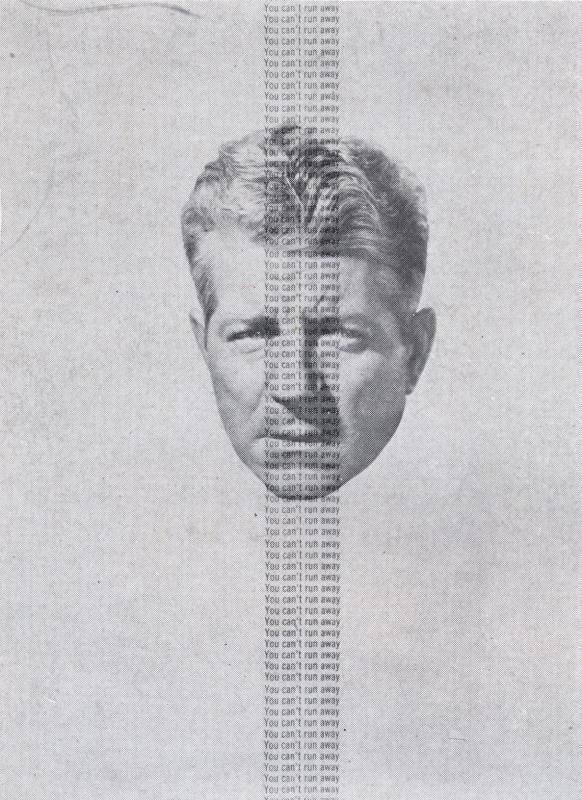The ambiguity of being human is a fundamental factor of existence. How we approach the ambiguity of life determines the decisions we will make. In my previous post I spoke about how attachment to wanting things to be a certain way is the root of all suffering. When things do not feel good, we have the urge to ‘grasp’ for or ‘push away’ from said feeling. This practice of ‘controlling’ is the urge to find safety and cling to it at all costs.
We are constantly seeking control and the reason for this is that ambiguity is uncomfortable. On the flip side, when things feel good, a moment of excitement or contentment is realized and we tend to grasp for ways to keep it going. Pema Chödrön states that when we seek for the wishing away of pain and the pushing away of discomfort “we turn to anything to relieve the discomfort-food, alcohol, sex, shopping, being critical or unkind.”

A more advantageous choice, when dealing with difficult emotions, involves paying full attention to the place of discomfort. In doing so, we use our breath and channel it towards where the pain resides. Rather than avoiding the hurt, you become present to it while at the same time releasing the painful narrative by focusing breathing into that pain. Avoidance of the pain will not solution anything. To open yourself up to healing, you have to open yourself up to all the thoughts and feelings that make you human. Opening up to the uncomfortable sensation is proactive and allows your body and mind to work together to provide healing.
Whether you are feeling a physical or emotional hurt, the process is the same. All difficult emotions and sensations can be met by opening up yourself to the experience instead of reinforcing the narrative of how and why it occurred. The outcome of this breathing-into-discomfort technique is quite remarkable. When we place our full awareness on the thing that ails us, the hurt becomes about the sensation instead of the history of how it got there.
The pain we suffer is completely theoretical. The way we relate to the pain equals how much the pain has power over us. The manner in which we view the discomfort, dictates how long it will fester. The more we create concepts and stories around our pain, the more we loose sight of our ability to soothe our discomfort through our breath. I often tell my clients when learning mindfulness breathing that the breath should feel like a massage from the inside out, releasing tension and allowing a process for your mind to stop spinning it’s wheels of hurt and to focus on one of the most healing agents we immediately have at our disposal… our breath.


